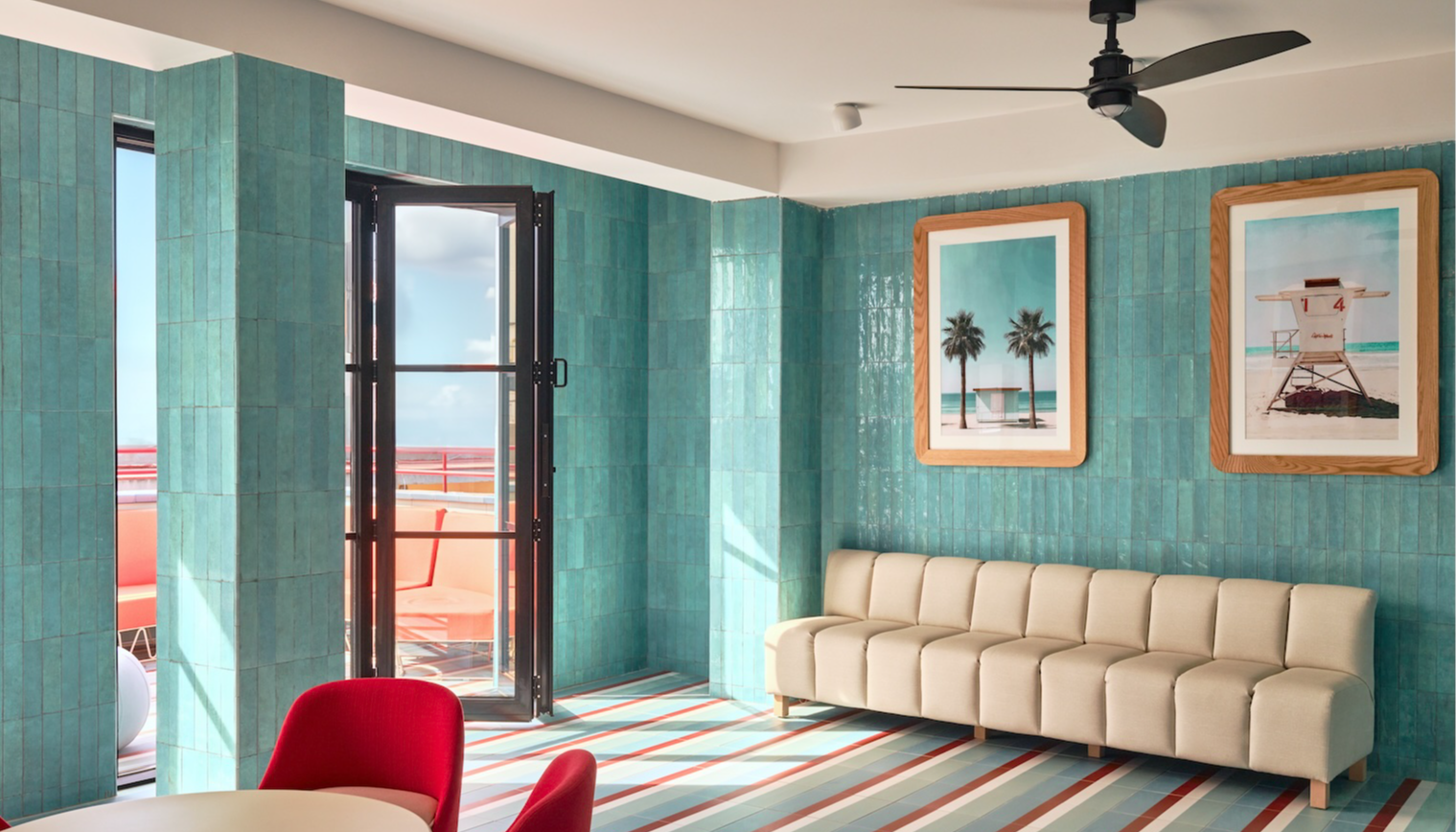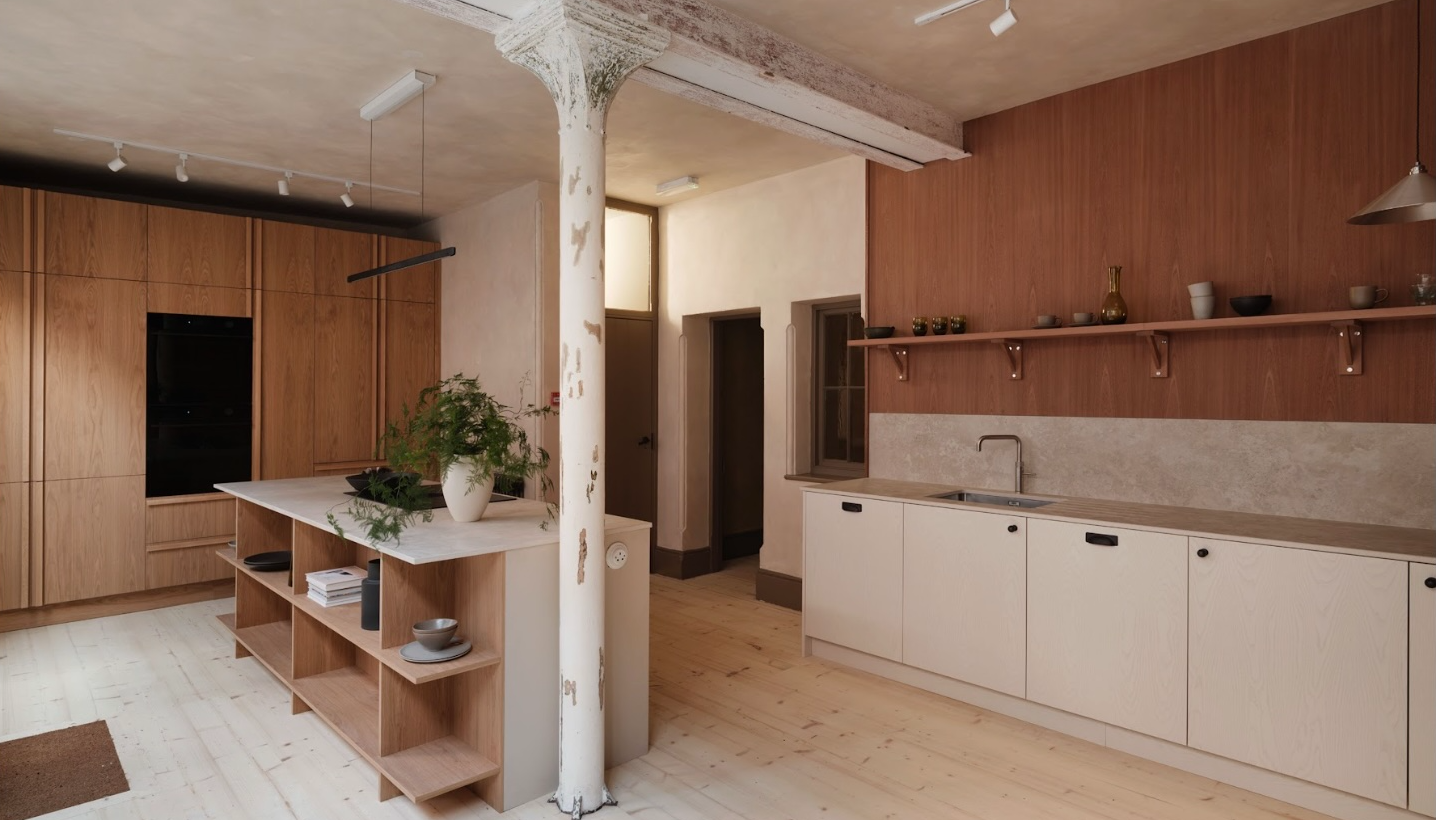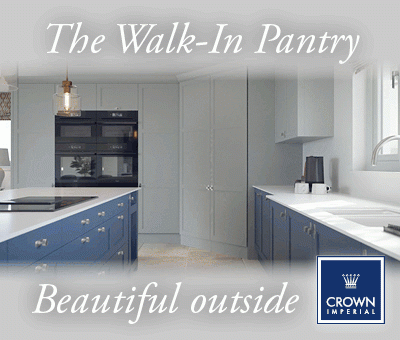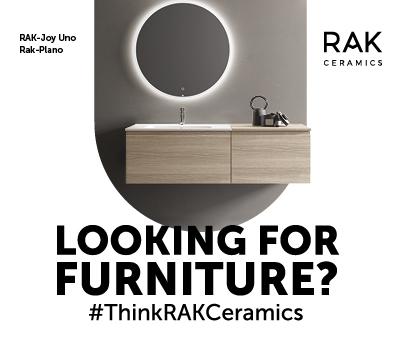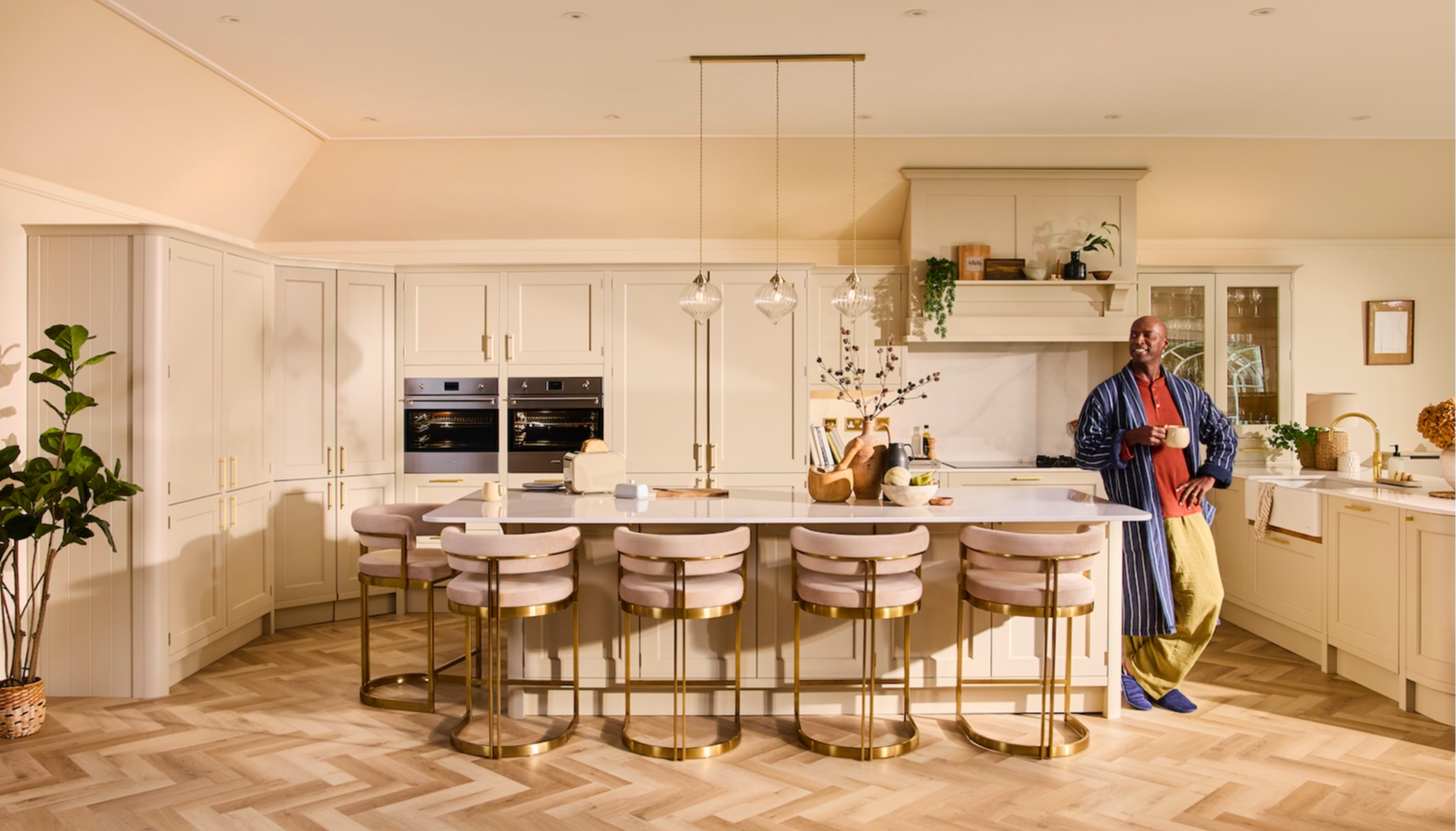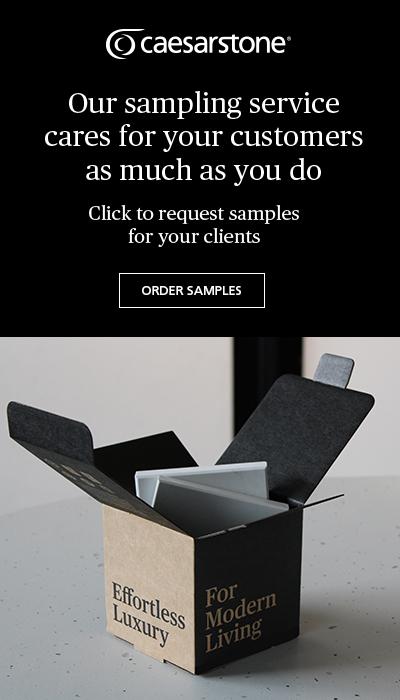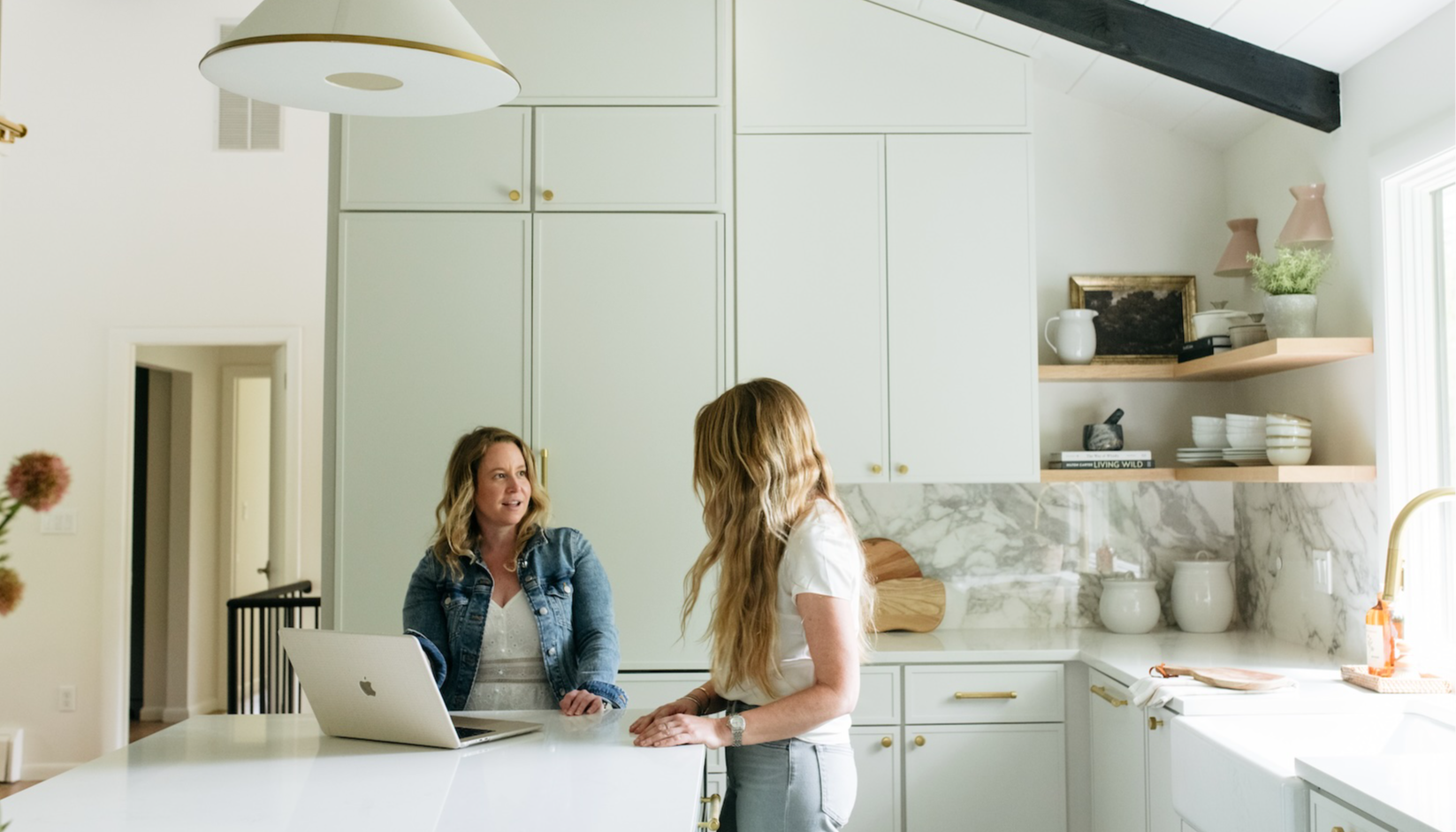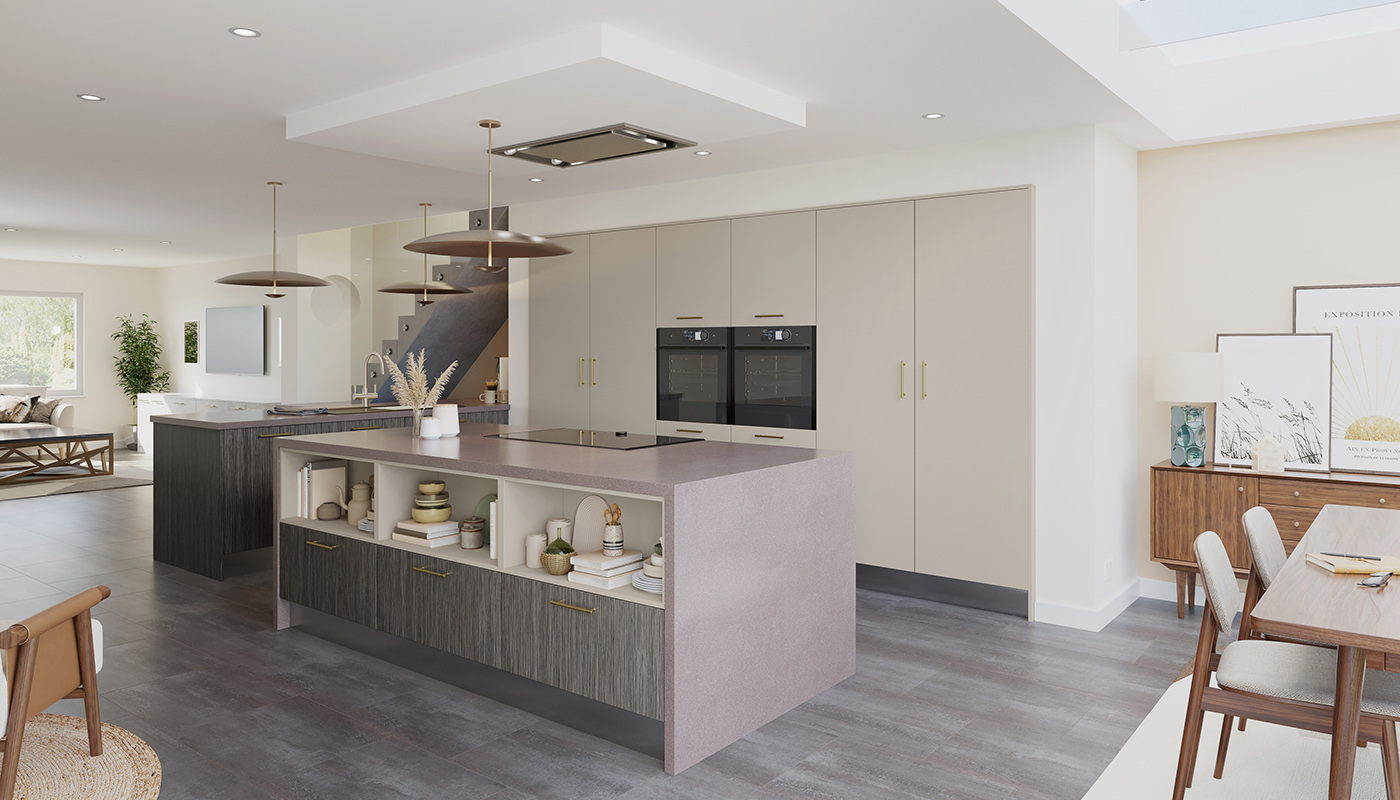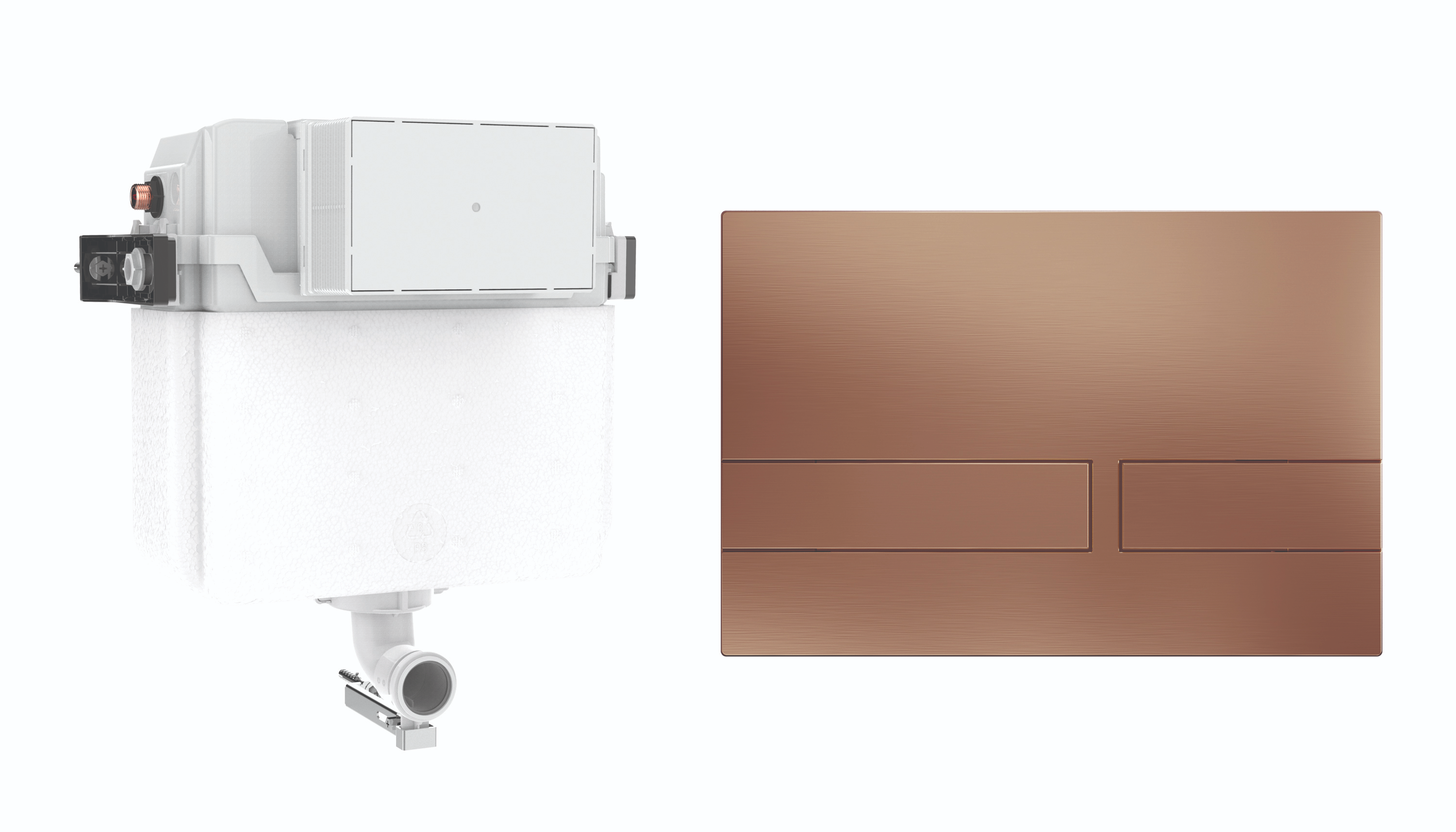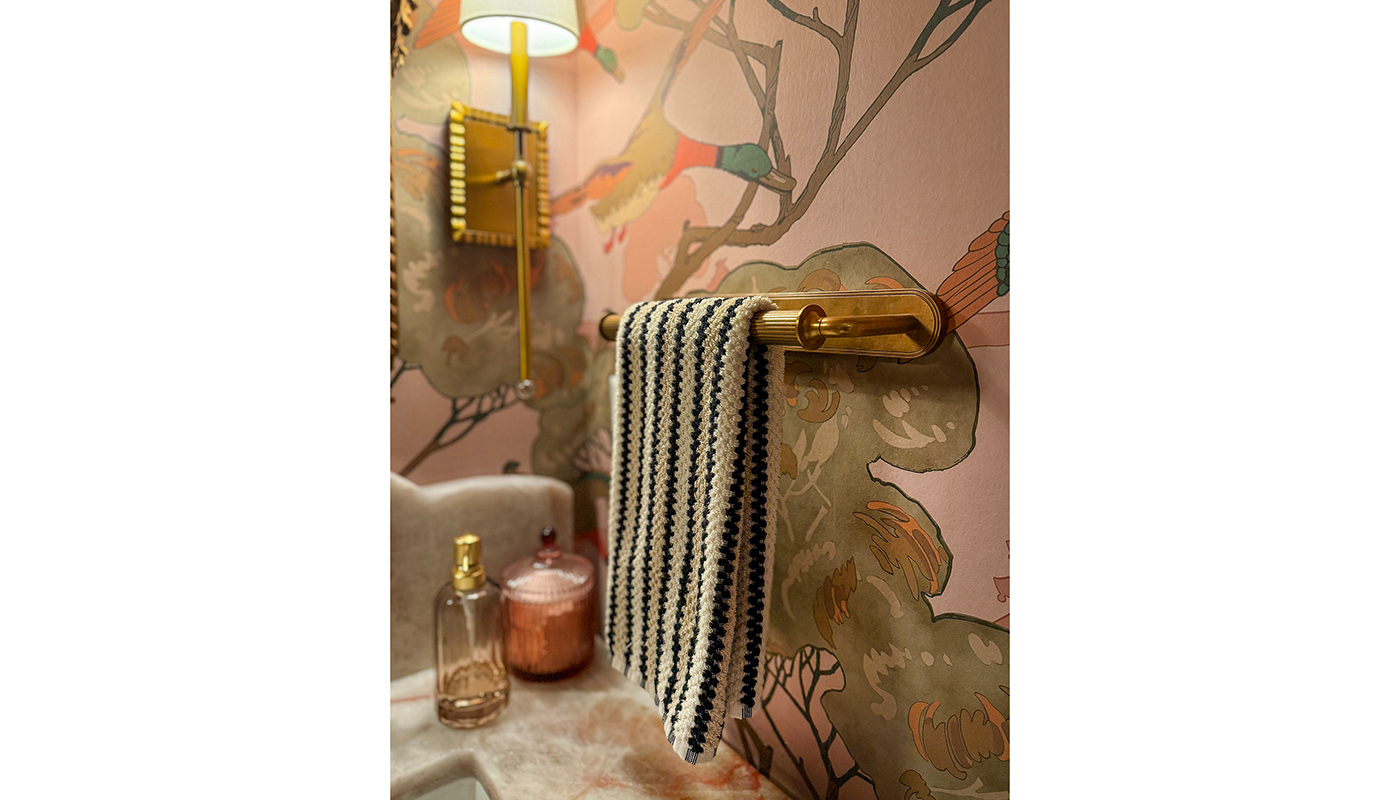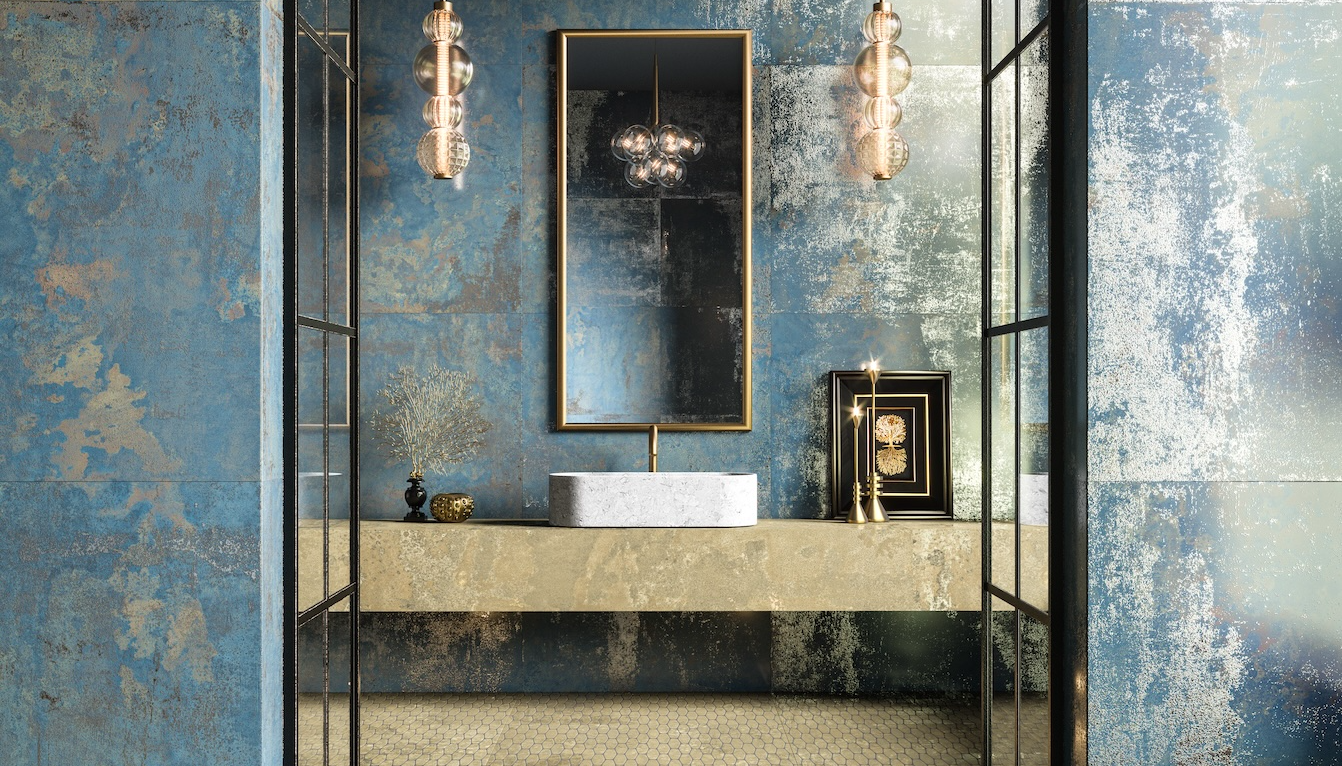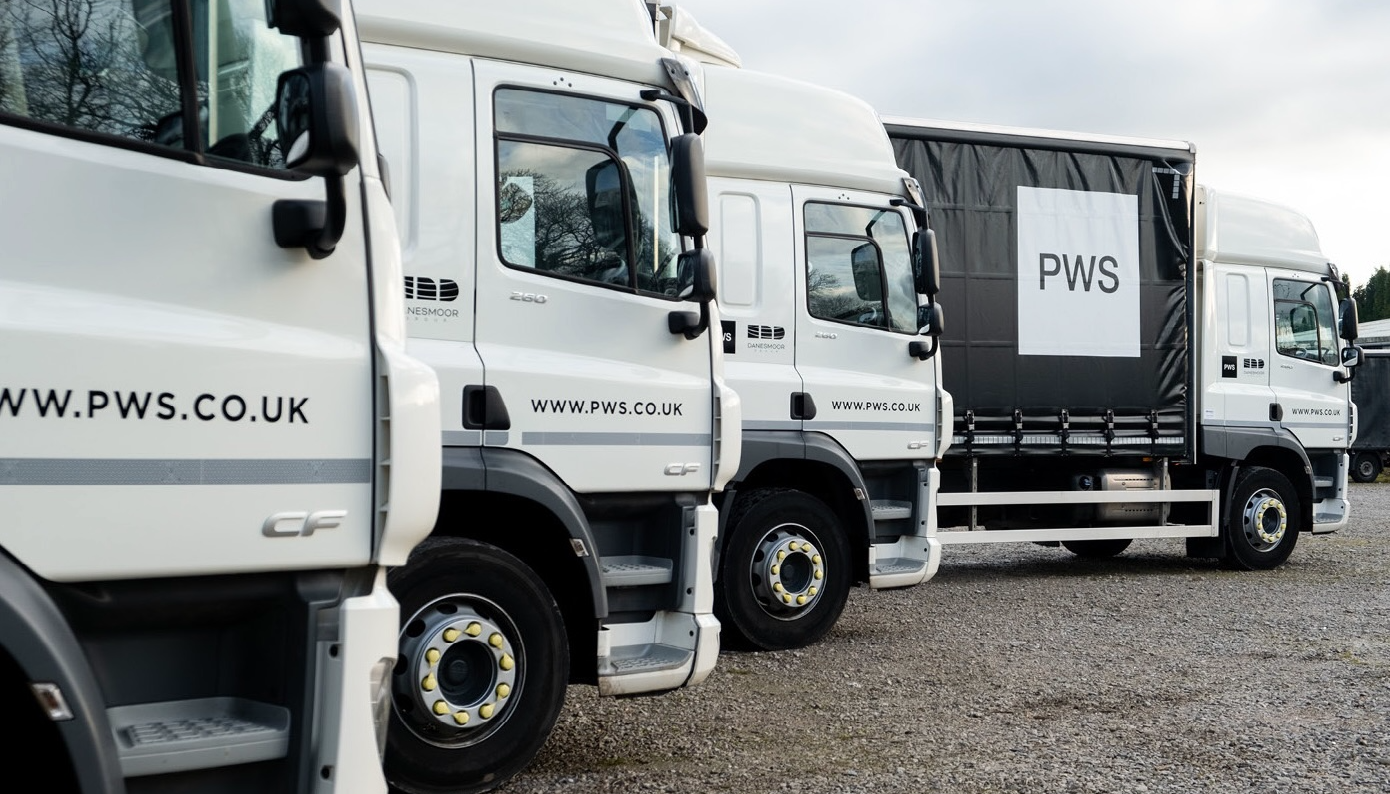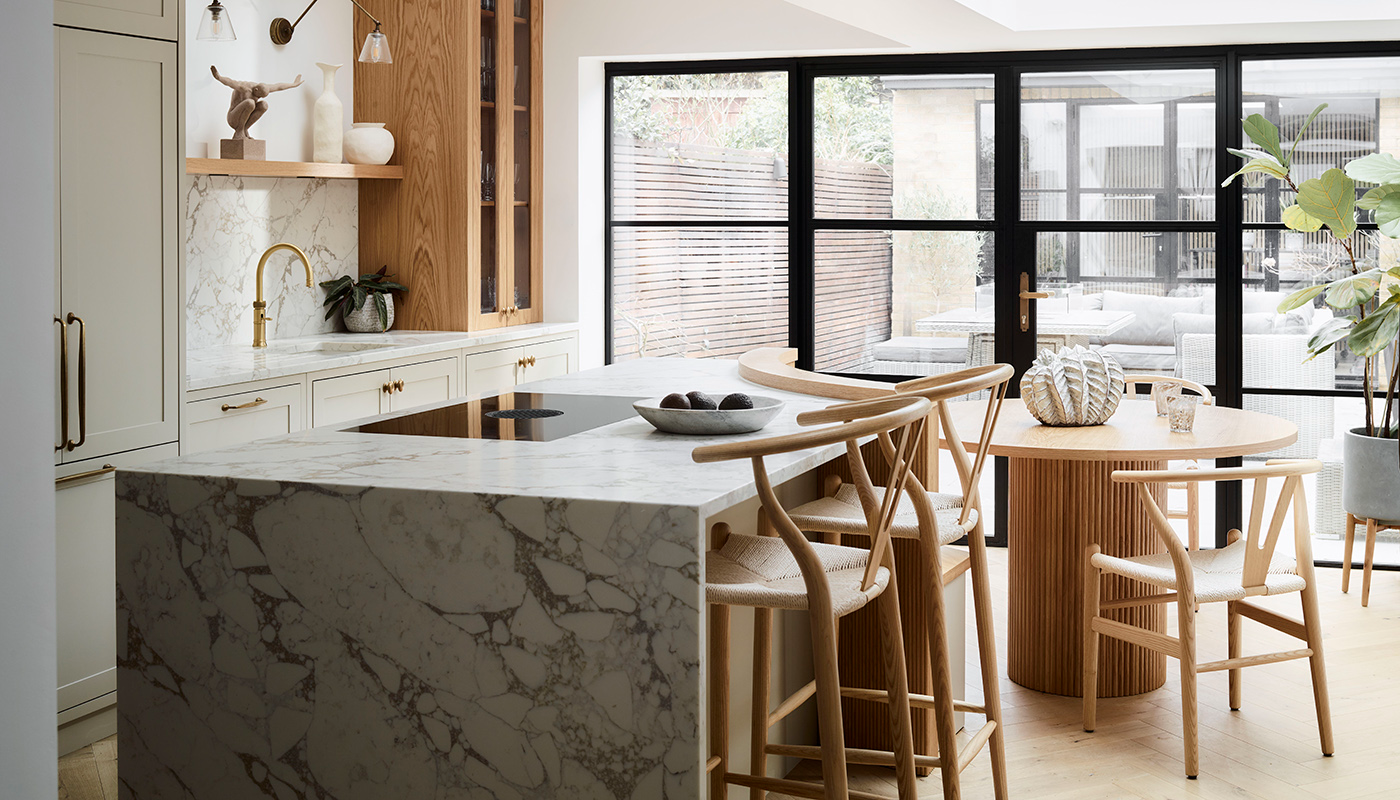How to calculate your business's value – Toby Griffin explains

How to calculate your business's value – Toby Griffin explains
Founder of KBB Businesses 4 Sale and KBB Support, Toby Griffin, reveals how to determine the true value of your KBB retail business.
In my experience there are 2 common types of business owners that come to me to help them sell their business: the industry veteran who’s made a good living from their business but wants to retire; and the person who’s built a successful business quickly but wants to cash-in and move on to pastures new.
In both cases though, the first question normally asked is: 'What’s my business worth?'
So although I offer a full valuation service, it’s surprisingly easy to get a rough figure of your own business’s value using the following formula: (Average net annual profit x 3) + Value of assets.
The 3 in this formula is what’s known as ‘the multiplier’, and reflects the potential a business has to improve its profits. If there is huge profit increase potential then this 3 could be a 4, or even 5; but if there is low profit increase potential this could be 2 or even 1.
Therefore, next we need to define 'Average net annual profit' and 'Value of assets'.
Average net annual profit
Defining 'net profit' is pretty easy (i.e. profit after tax), but many business owners aren’t salaried and just take a share of profit for their remuneration, which doesn’t account for their input to the business in the overheads. Therefore, in this situation, you must estimate a salary for a manager/director to perform the role that you do, and remove this from the net profit calculation. For example: if the average net annual profit is £120k, but it would cost £50k/year to employ someone that carries out your duties, then the effective average net annual profit is £70k.
Value of assets
Most KBB businesses have assets that fall into one of these definitions: stock, displays, goodwill, premises, machinery, vehicles, fixtures’n’fittings, cash in the bank, and the balance of debtors and creditors.
A rough stock valuation is pretty straightforward, as it will generally be the price the business paid for the products less depreciation. Displays are less easy – particularly kitchens – as it will depend on their configuration, and whether they can be sold as a complete room-setting, and/or whether additional units are available. Generally fitted furniture and worktops will have a low realisable value, but appliances, brassware and sanitaryware will be much higher.
Take a look at your latest set of accounts and you should see a Net Assets figure on the balance sheet, which should have factored in all of the above.
Goodwill is the most subjective aspect of a business valuation. How long has the business been established? Do you have loyal/repeat customers? Are there any guaranteed, ongoing contracts that are bound by an agreement? Is the name highly regarded? Is the digital marketing (website, social media) up-to-date and well visited? Is the business in a really good location? How much goodwill will leave when you do? All of these questions need to be answered.
A final word of warning, despite valuation advice like that above, around half of those business owners that are looking to sell hugely over-value their business (and unscrupulous business sale companies encourage this). I suppose that its hard to believe that the company you’ve built with your own hands might be worth less than you’d like, but it comes as a bitter pill to some. Much of the time this is because they haven’t sought advice well in advance; so keep your eyes peeled for my next article, which will discuss 'How to prepare your business to sell'.
Tags: insight, features, toby griffin, kbb retail business, kitchens, bathrooms






